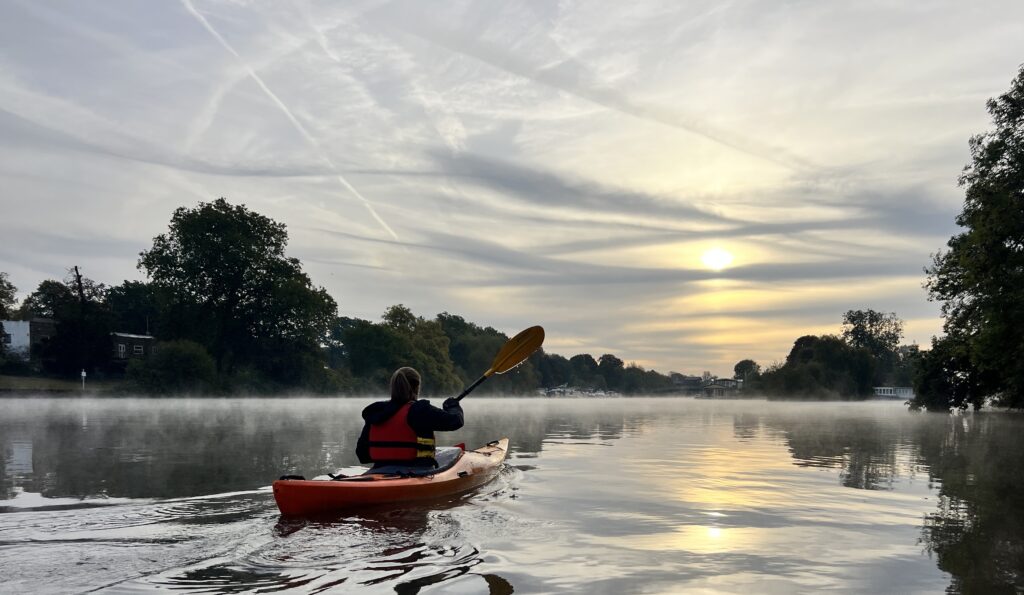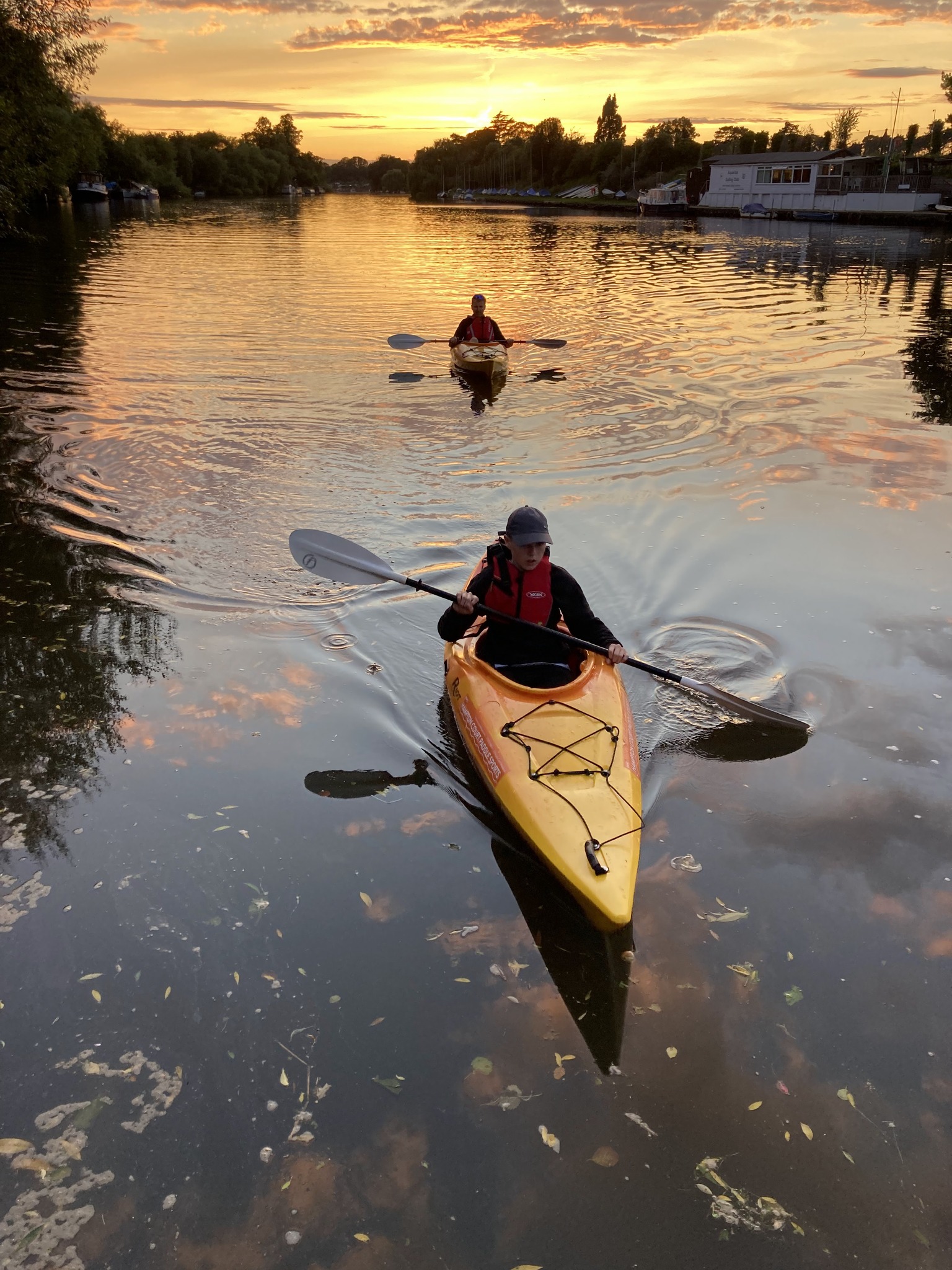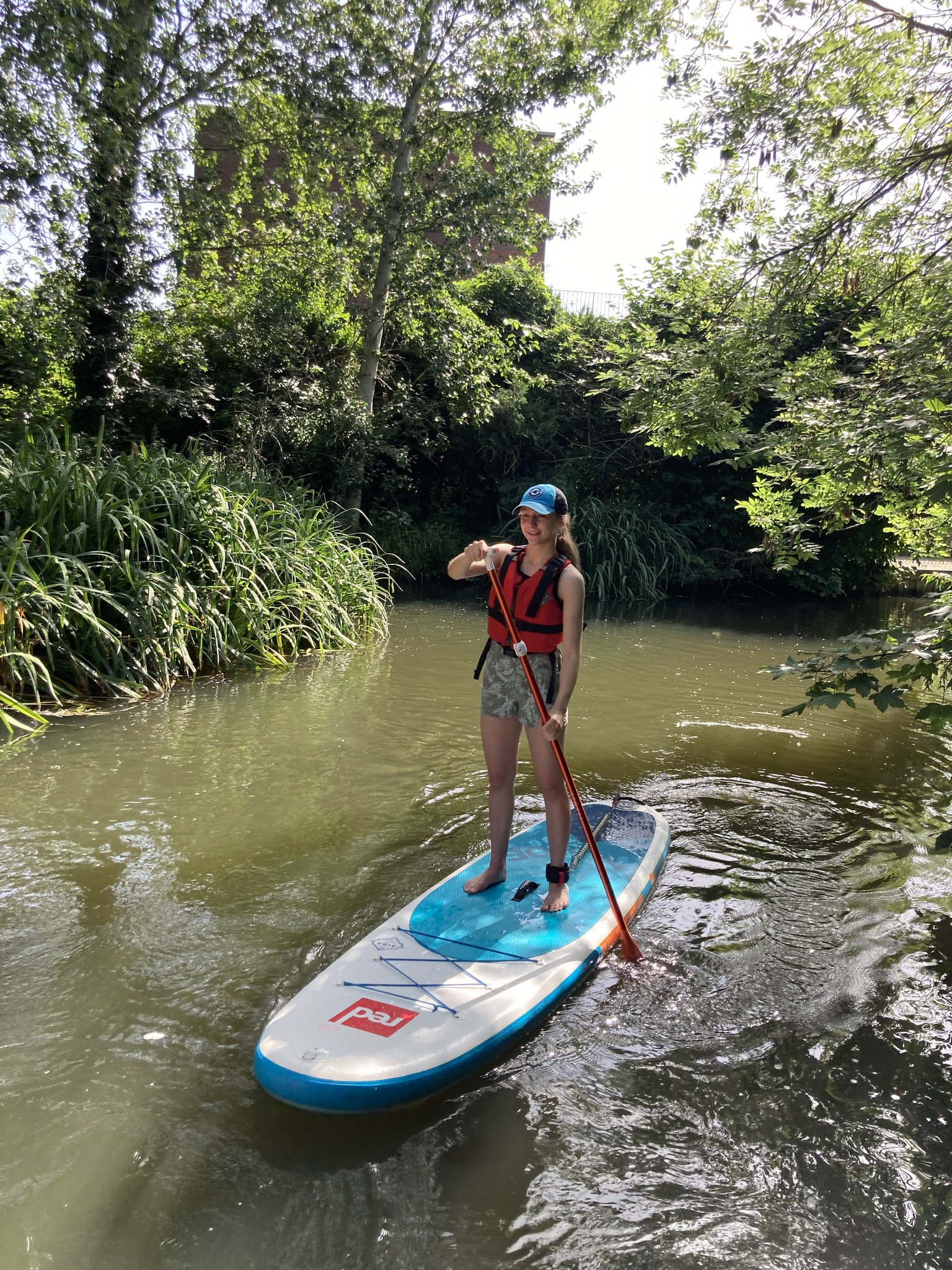Paddling through the autumn and winter can be a joy. Crisp frosty mornings, rolling mist, shimmering light, and a quieter river. But it can be very cold!
What to wear when the temperature drops
Here’s what to wear when it’s cold on the river…
Safety first
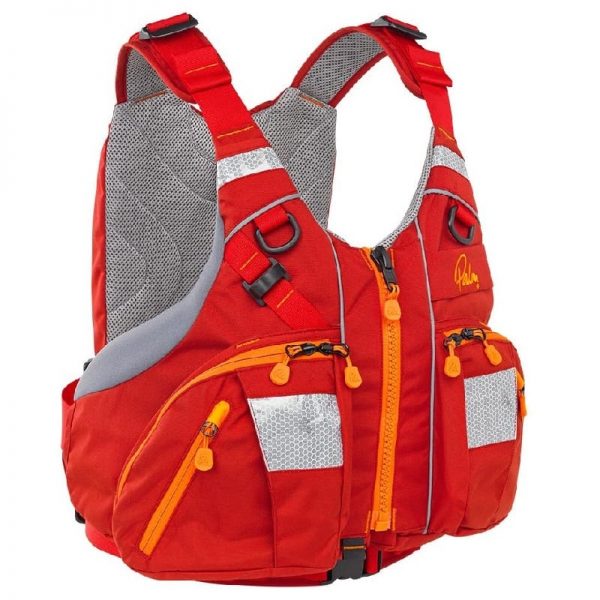 It’s important to dress for the weather – and factor in how it might change while you’re on the water. Firstly, think about safety and wear a buoyancy aid. It will keep you afloat if you fall in, provide an additional outer layer to protect against wind chill, and often have useful zip pockets for your phone, snacks, and simple safety tools such as a whistle and river knife.
It’s important to dress for the weather – and factor in how it might change while you’re on the water. Firstly, think about safety and wear a buoyancy aid. It will keep you afloat if you fall in, provide an additional outer layer to protect against wind chill, and often have useful zip pockets for your phone, snacks, and simple safety tools such as a whistle and river knife.
Layers
As with all outdoor sports, wearing layers is the way to go, so you can adjust throughout your trip, adding or removing layers according to conditions. If you already have sports clothing, use that – there’s no need to buy paddle-specific items. The one exception to that might be the main outer clothing item – often a choice of wetsuit or drysuit.
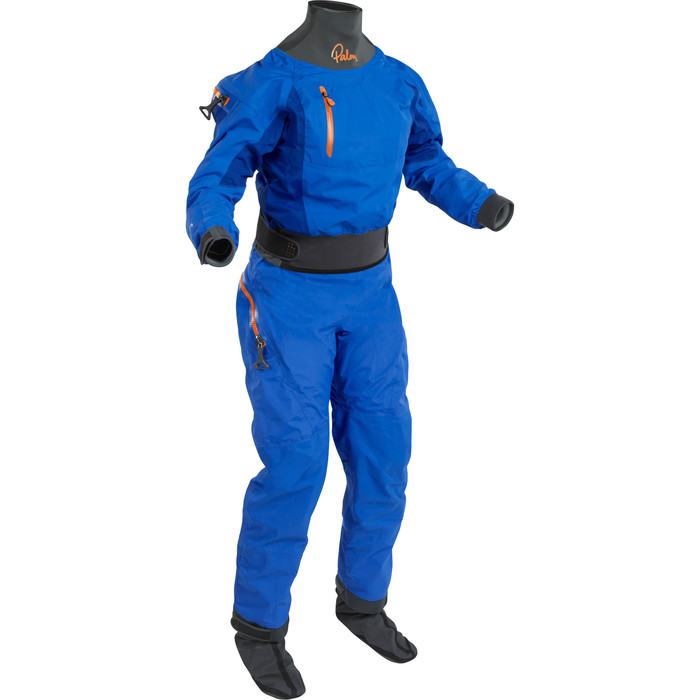 A wetsuit for paddling? If you put a lot of effort into your paddling or get warm quickly when exercising, a wetsuit is likely to be much too warm in summer and not warm enough in winter. They make you sweat (think ‘boil in the bag’), which gets cold close to your skin. Wetsuits are great when you’re spending time in the water, but not so great on the water. A better bet is a dry suit or a combination of dry trousers and a jacket. These do not come cheap!
A wetsuit for paddling? If you put a lot of effort into your paddling or get warm quickly when exercising, a wetsuit is likely to be much too warm in summer and not warm enough in winter. They make you sweat (think ‘boil in the bag’), which gets cold close to your skin. Wetsuits are great when you’re spending time in the water, but not so great on the water. A better bet is a dry suit or a combination of dry trousers and a jacket. These do not come cheap!
But, if you plan to be a regular paddler (SUP, kayak or canoe), they are a great investment. Plenty of options are available and worth researching – and some haggling! A hat is a must for warmth, and one with a peak can be very useful when the sun is low in the sky.
Warm accessories
Gloves, mittens or ‘pogies’ will keep your hands snug and help reduce the risk of blisters, sunburn and scrapes. Neoprene is popular, but also look at materials that will stop your hands from getting wet – SealSkinz gloves combined with a liner are perfect.
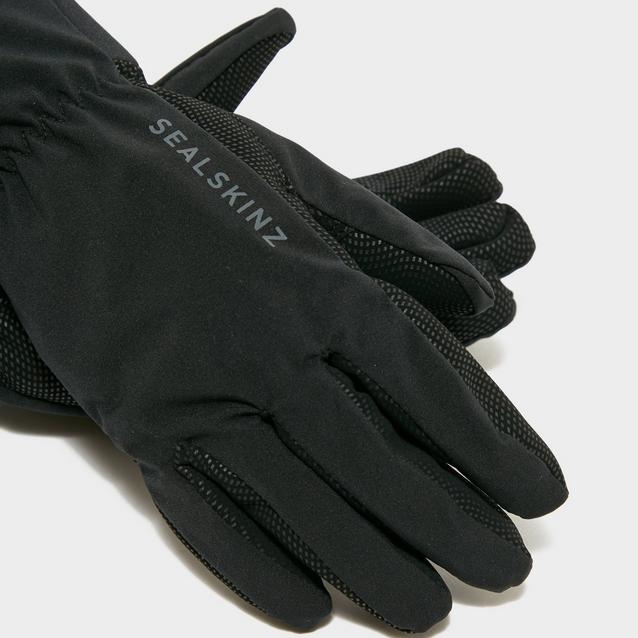
Unlike the crazy, hazy summer days, you want to wear footwear. The best bet is a thick wetsuit boot with a strong sole. They’ll help keep you warm and protect your feet when moving around on land. Another option is an ‘aqua trainer’ or even an old pair of trainers, but try to avoid shoes with too much cushioning as that will reduce your feel for the board or kayak.
You should also think about staying warm after your paddle or if you get wet. Secure some spare clothes in a dry bag for your board, kayak or canoe. And have additional layers, including a warm coat / changing robe, ready in your car. Cold weather paddling can be great fun, with fewer crowds, stunning scenery and a real sense of adventure. Wearing the right gear will help you enjoy it all the more – happy paddling!

